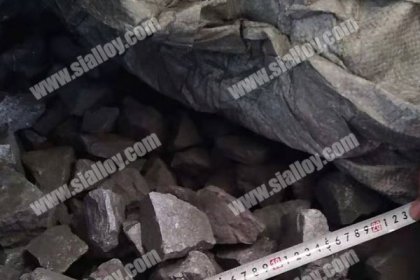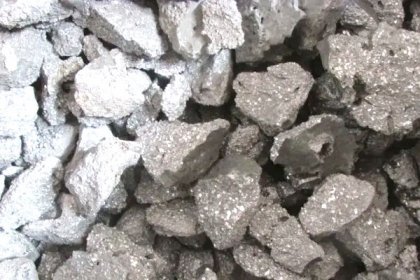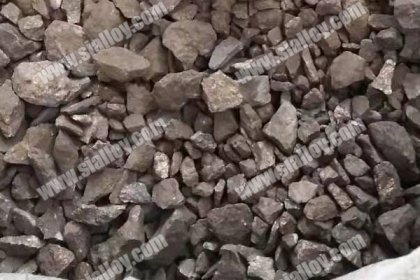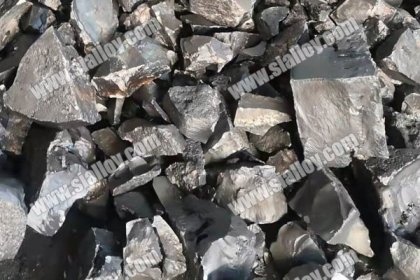the influence of sea freight rise on ferroalloys
The subsequent impact of the 6-day blockage of the Suez Canal is still fermenting. At present, the market has seen price increases and lack of cabinets, and prices have basically returned to the high point before the Spring Festival. "Under the situation of tight capacity, the shipping market continues to be hot. Port congestion, tight capacity, shortage of containers, and rising freight rates are still intensifying. The capacity of many international routes, including European routes and Persian Gulf routes, is affected. In the short term, the market capacity is insufficient, the supply and demand relationship is tight, and the market freight rate is rising. The demand for transportation in the North American route market also remains high, and the continuous shortage of empty container returns has led to delays in shipping schedules and reduced capacity.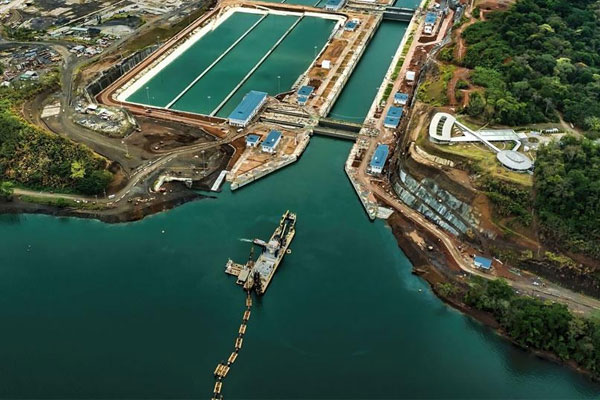
At present, port congestion in Europe and America is not optimistic. According to industry sources, the ports of California in the United States are currently facing unprecedented congestion, and a large number of ships cannot enter the ports of Los Angeles and Long Beach. In response, Rolf Habben Jansen, CEO of Hapag-Lloyd, the world's fifth-largest container shipping company, said that port congestion may continue into the third quarter. The rising cost of shipping has brought about a rise in the CIF price of ferroalloy products. Some Recarburizer traders said that their profits have been completely offset by rising freight rates. Since mid-April, the prices of ferro-silicon, silicon metal and other products have been rising as well.
The continued strong demand in the container shipping market has driven the general rise of the entire container shipping industry chain, including containers, new ships, chartering markets, and second-hand ship transactions. Among them, the China Export Container Freight Index (CCFI) shows that in the first quarter of this year, the average value of CCFI was 1960.99 points, an increase of 113.33% compared with the same period of the previous year, and an increase of 53.8% compared with the fourth quarter of the previous year. At the time when market demand has risen sharply, a new round of "order wave" in the container ship market has also arrived. From January to March 2021, orders in the shipbuilding market increased significantly. Global new ship orders were signed with 344 ships and 29.76 million deadweight tons, which was an increase of 140.9% year-on-year in terms of deadweight tonnage. In March, global new ship orders were signed for 144 ships with 16.23 million deadweight tons. Tons, in terms of deadweight tons, an increase of 87.3% month-on-month and an increase of 316.2% year-on-year. Clarkson's data also shows that as of April this year, the proportion of container ship orders has climbed to 15.41%, the highest level since April 2017. China's shipping confidence index set a record high. In the first quarter of 2021, various indexes related to the shipping market performed well, especially the confidence indexes, which all increased compared with the previous quarter. Industry analysis pointed out that, according to the laws of the shipping market, since the fourth quarter of last year, China's shipping industry has been in the best period of recovery in history.
 中文
中文
